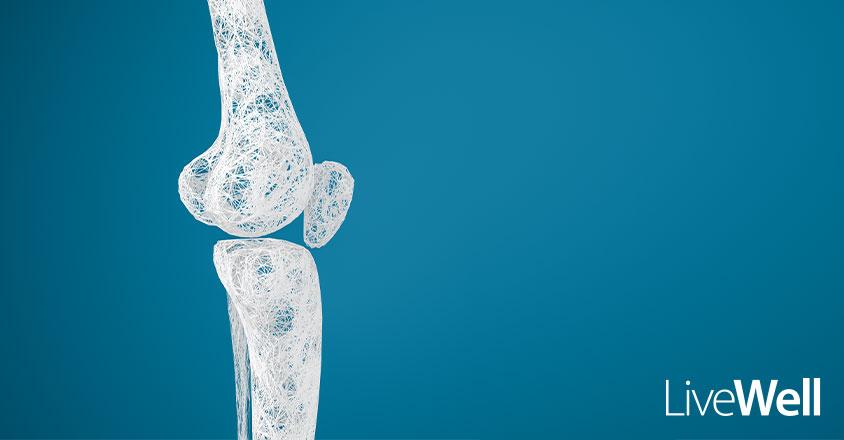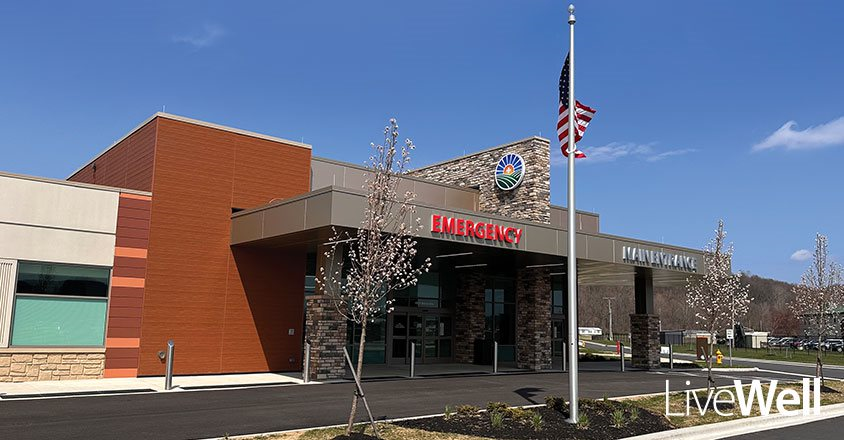Nothing screams summer quite like fresh fruit. From juicy watermelons to plump peaches to a rainbow of fresh berries, summer recipes featuring fruit look and taste delicious. Make sure your fruit-based recipes are top-notch with these tips for choosing the best fruits this summer.
The selection process
Whether you’re visiting the grocery store, farmers market or roadside stand, it’s important to know how to choose fresh fruits. Some signs of poor-quality fruits are obvious, like brown spots or cuts. However, each fruit has its own checklist to ensure you get the freshest, most delicious option.
Peaches
Look for brightly colored peaches. Avoid peaches with green skin as this is a sign they were picked too soon. Once you’ve identified a peach with the right coloring, squeeze it gently. If it’s firm, it might need more time to fully ripen. If it’s soft, it’s ready to eat.
Storage:
Store peaches at room temperature stem side down.
Watermelons
Experts recommend using the “Look, lift and turn” strategy when choosing a watermelon.
Look – Choose a watermelon that is firm and doesn’t have any bruises or dents.
Lift – Pick the watermelon up to gauge its weight. It should feel firm and heavy.
Turn – Turn the watermelon over and check for the ground spot. Make sure the spot is yellowish in color instead of white.
Storage:
You can store a whole watermelon on your counter at room temperature. Once it’s been cut, the halves or slices should be stored in the refrigerator.
Blackberries
Look for berries with a deep color, and make sure to double-check for any crushed or bruised berries in your package.
Storage:
Store your blackberries in the refrigerator. They should stay fresh for two to three days. Wash them before using them.
Strawberries
If you’re buying your strawberries from the grocery store, make sure to smell them to get the freshest and most flavorful batch. Choose berries that are bright red with green leaves. Avoid berries that are green or white as strawberries don’t ripen after they have been picked.
Storage:
Strawberries won’t stay fresh for longer than 24 hours if you leave them on your counter, so make sure to pop them in the refrigerator for maximum shelf life. Don’t wash your berries until you’re ready to use them.













